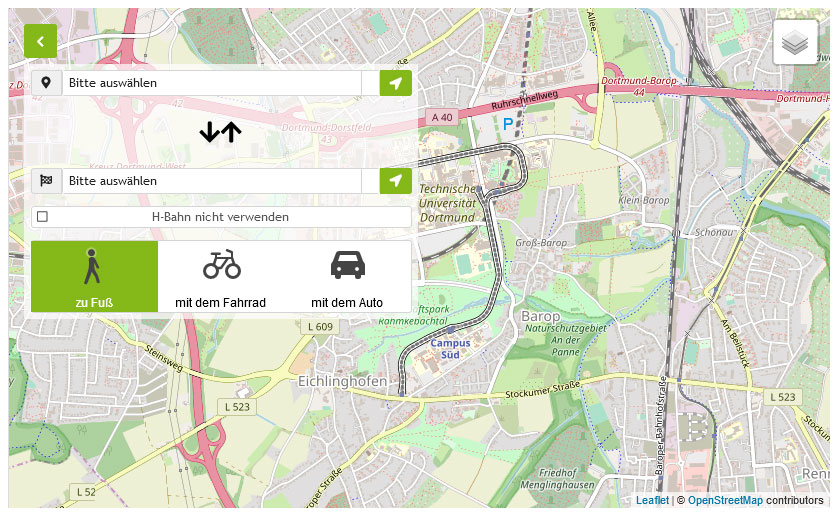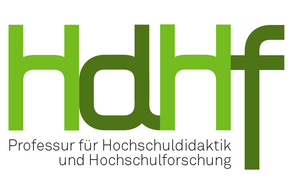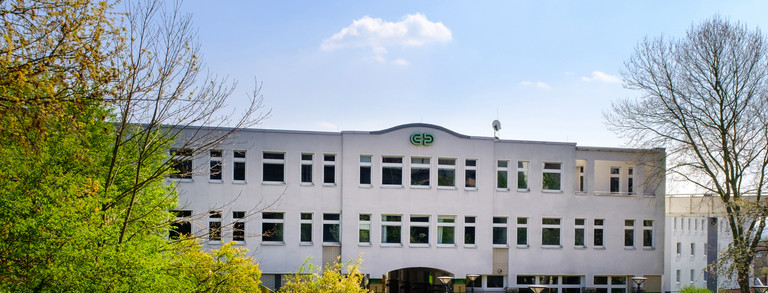Prof. Dr. Jay R. Dee

Organizational Change and Academic Leadership: Addressing New and Long-standing Challenges in Higher Education
Date: Wednesday, 26 May 2021
Time: 4.00–5.30 p.m. (CEST)
Venue: Online via Zoom
The global pandemic and a shifting policy context in the U.S. have generated increasing pressure on higher education actors to advance strategic priorities for change. This presentation offers a synthesis of theories and recent research on strategic change in higher education. Viewing higher education institutions as organizational actors, the presentation seeks to inform decisions regarding the selection, development, and implementation of strategic change initiatives.
We focus on three concepts that are appropriate for guiding strategic change within the unique organizational context of higher education institutions. First, we consider how higher education leaders can identify the core competencies of an institution. Specifically, the presentation refers to cases of U.S. universities to illustrate how leaders can align strategic change initiatives with the core competencies of the institution. Second, we focus on the concept of flexible reforms. Higher education institutions are pluralistic organizations comprised of highly professionalized stakeholder groups whose members expect not only a high degree of autonomy, but also organizational support for the grassroots innovations that they develop. Top-down change initiatives, therefore, are likely to generate high levels of resistance. In response, leaders can design flexible reform initiatives that accommodate a variety of interests and goals throughout the organization. Finally, the presentation explores theories and research on organizational learning and knowledge management in relation to fostering strategic change in colleges and universities. Cases from U.S. universities illustrate how structural barriers to knowledge sharing can be overcome.
Jay R. Dee is Professor of Higher Education at the University of Massachusetts Boston. Jay's research frequently focuses on how organizational theories can inform leadership and management practices in higher education institutions. He has published on topics related to organizational learning, strategic change, and power dynamics and conflict in the academic workplace. A second area of Jay's research focuses on the academic profession. He has conducted studies of faculty turnover and strategies to improve faculty retention. Jay has also served as principal investigator on several grants that focus on promoting inclusive teaching and learning, as well as improving the quality of academic work life. He received his PhD from the University of Iowa.
Higher Education Research Colloquium
Center for Higher Education (zhb)
Professorship of Higher Education





